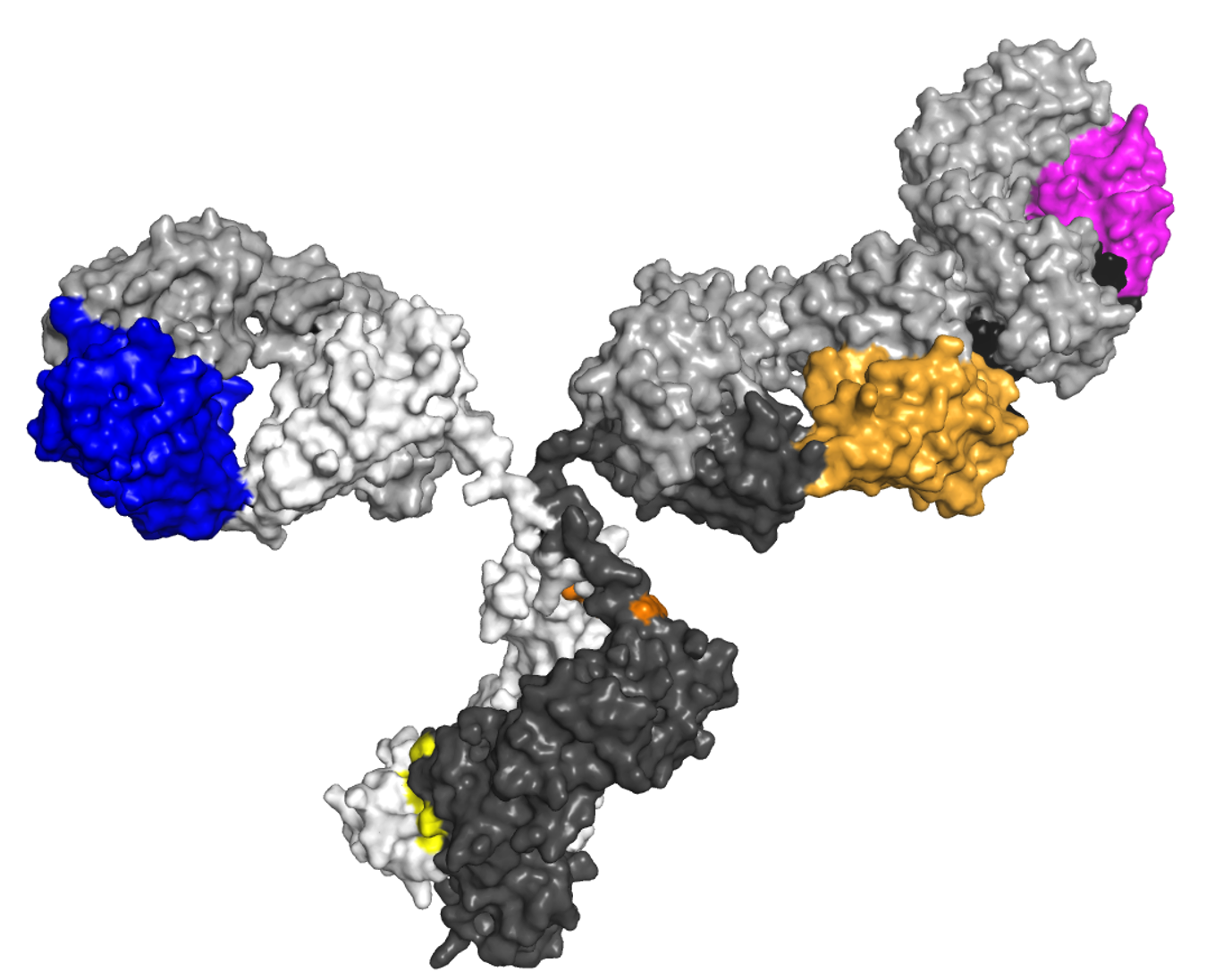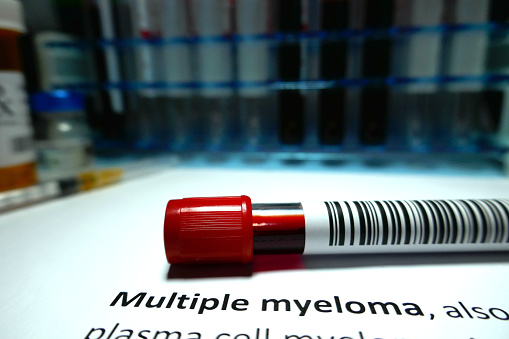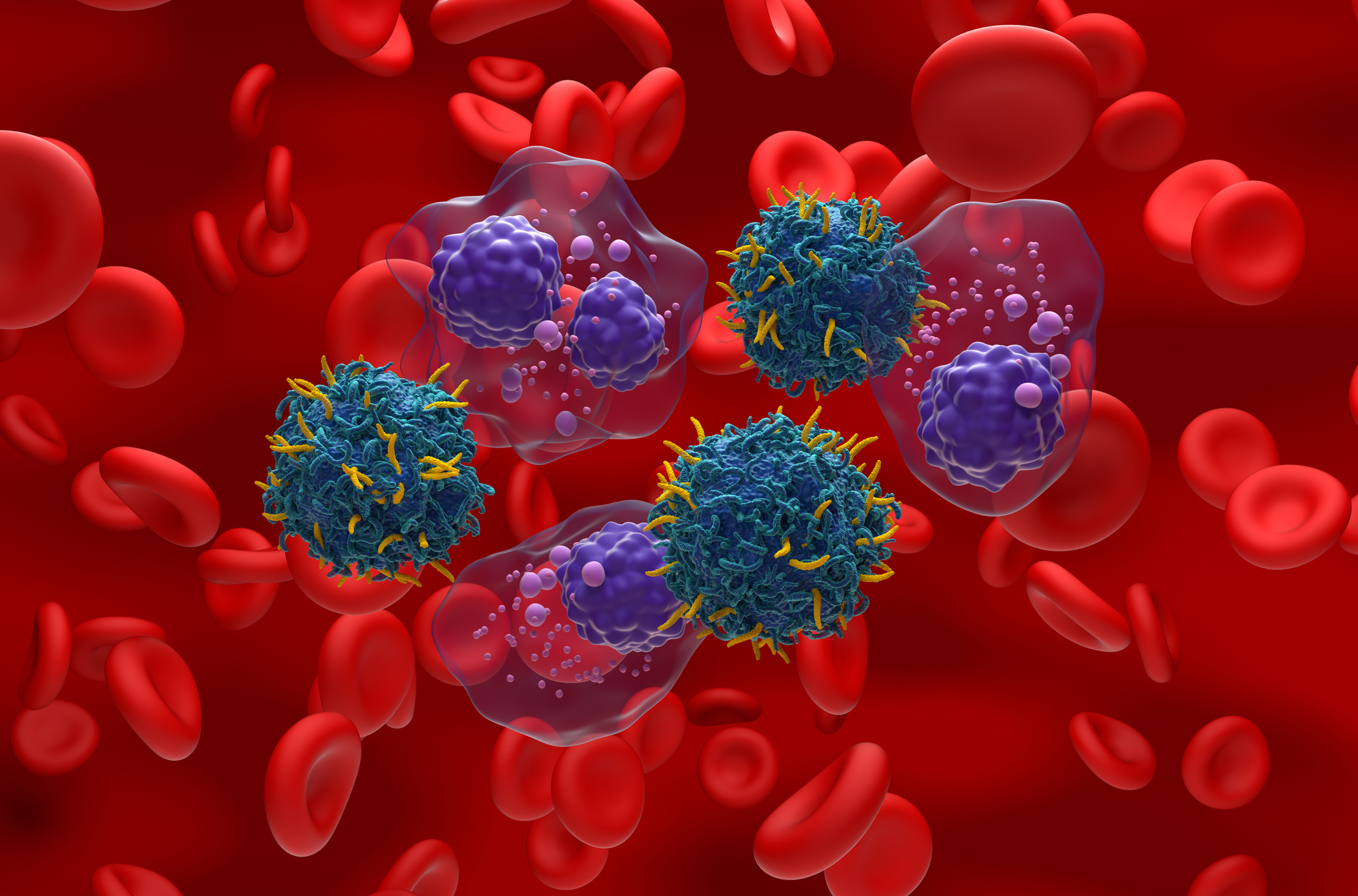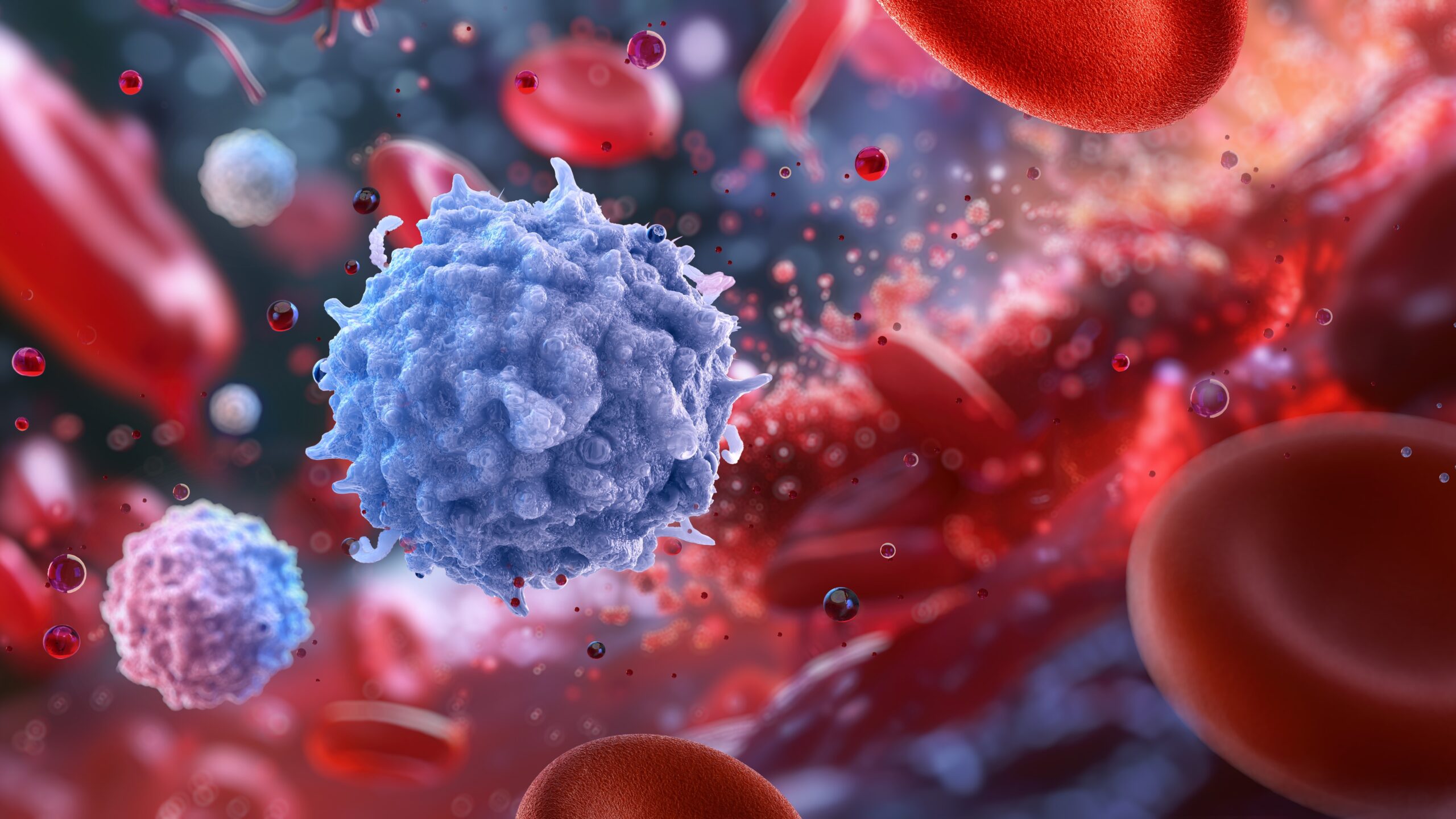
A recent study showed significant differences in overall survival (OS) based on the t(4;14) translocation breakpoint area in patients with newly diagnosed multiple myeloma (MM).
Nicholas Stong, PhD, of Bristol Myers Squibb, and colleagues conducted the study because t(4;14) is “considered high risk” in patients with newly diagnosed MM, but only around 30% to 40% of patients with t(4;14) patients are “clinically high risk.”
They generated and compared large whole genome sequencing and transcriptome sequencing data from patients with and without t(4;14) who had associated clinical data. The study included 258 patients with t(4;14), with 153 in the discovery cohort and 105 in a replication cohort. It included 183 patients with newly diagnosed MM who did not have t(4;14).
A landmark survival analysis showed that only around 25% of patients with t(4;14) had an OS of more than 24 months. A comparative analysis of the patient subgroups “identified biomarkers associated with this poor outcome,” Dr. Stong and colleagues wrote. These biomarkers included translocation breakpoints located in NSD2.
They identified three breakpoints, designating those upstream of NSD2 as no-disruption breakpoints, those at the 5’ untranslated region as early disruption breakpoints, and those within the NSD2 gene as late disruption breakpoints. Dr. Stong and colleagues found significant differences in OS based on the location of DNA breakpoints. The median OS was lowest in patients with a late disruption breakpoint (28.6 months). Patients with an early disruption breakpoint had a median OS of 59.2 months and those with a no-disruption breakpoint had a median OS of 75.1 months.
“These findings have been replicated in an independent replication dataset,” Dr. Stong and colleagues concluded. “Also, univariate and multivariate analysis suggest high-risk markers such as del17p, 1p independently contribute to poor outcome in t(4;14) MM patients.”
Reference
Stong N, Ortiz-Estévez M, Towfic F, et al. The location of the t(4;14) translocation breakpoint within the NSD2 gene identifies a subset of patients with high-risk NDMM. Blood. 2023;141(13):1574-1583. doi:10.1182/blood.2022016212






 © 2025 Mashup Media, LLC, a Formedics Property. All Rights Reserved.
© 2025 Mashup Media, LLC, a Formedics Property. All Rights Reserved.